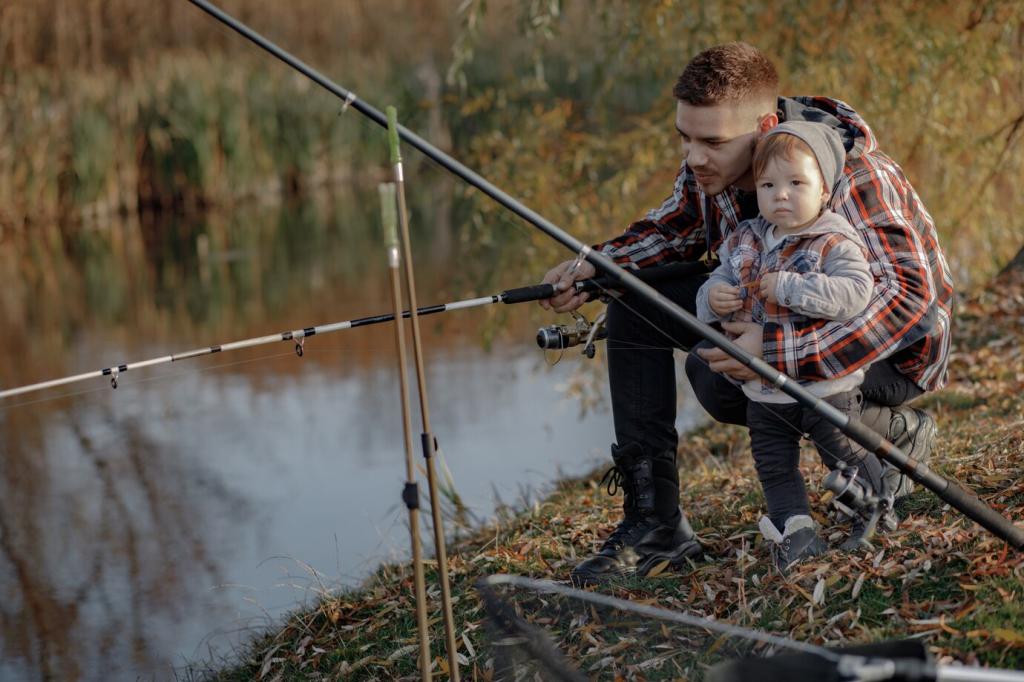
Fly Fishing Gear Essentials: Start Strong on Any Water
Selected theme: Fly Fishing Gear Essentials. Step into the river with confidence, clarity, and a kit that truly fits your style. From the first smooth cast to the last careful release, we’ll help you dial in gear that elevates every moment on the water.
Choosing the Right Fly Rod
Match rod weight to your quarry and conditions: a 3-weight for tight brookie creeks, a versatile 5-weight for trout rivers, and 7–8 weights for bass or light salt. Wind, fly size, and distance matter, so think realistically about where you fish most.
Fast actions punch line through wind and lift heavy streamers, while medium actions load deeper and forgive timing errors. I still remember a glassy evening when a medium-action 4-weight softened my presentation enough to fool a sipping brown right at dusk.
Cast different rods with your actual line and flies, ideally outdoors, not just on carpet. Try shop lawns, demo days, or guide clinics. Pay attention to swing weight and recovery. Tell us in the comments which rod surprised you, and why it clicked.
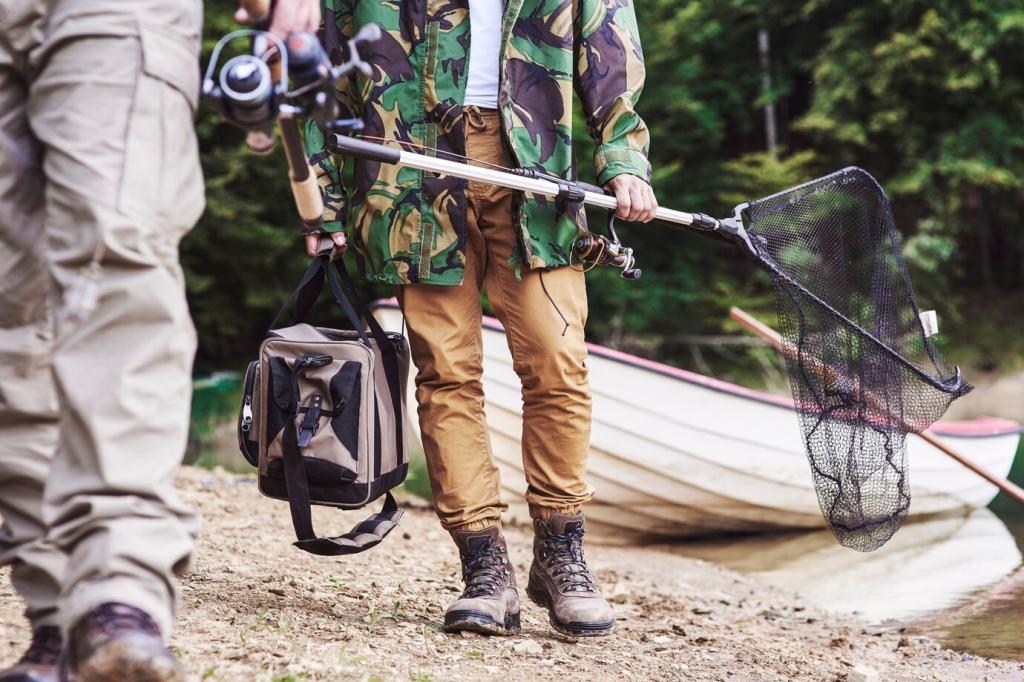
Reels That Protect Light Tippet
Sealed carbon drags thrive in salt and during long fights, while classic click-pawl shines on small creeks. What matters most is smooth startup inertia. A buttery start saved my 6X when a rainbow bolted under a logjam and tried sawing me off instantly.
Reels That Protect Light Tippet
Balance the reel with your rod so the tip doesn’t feel heavy after hours of casting. Large arbors recover line fast and reduce memory loops. Try different reels in-store and share your balancing tricks—counterweights, backing levels, and grips that ease wrist fatigue.
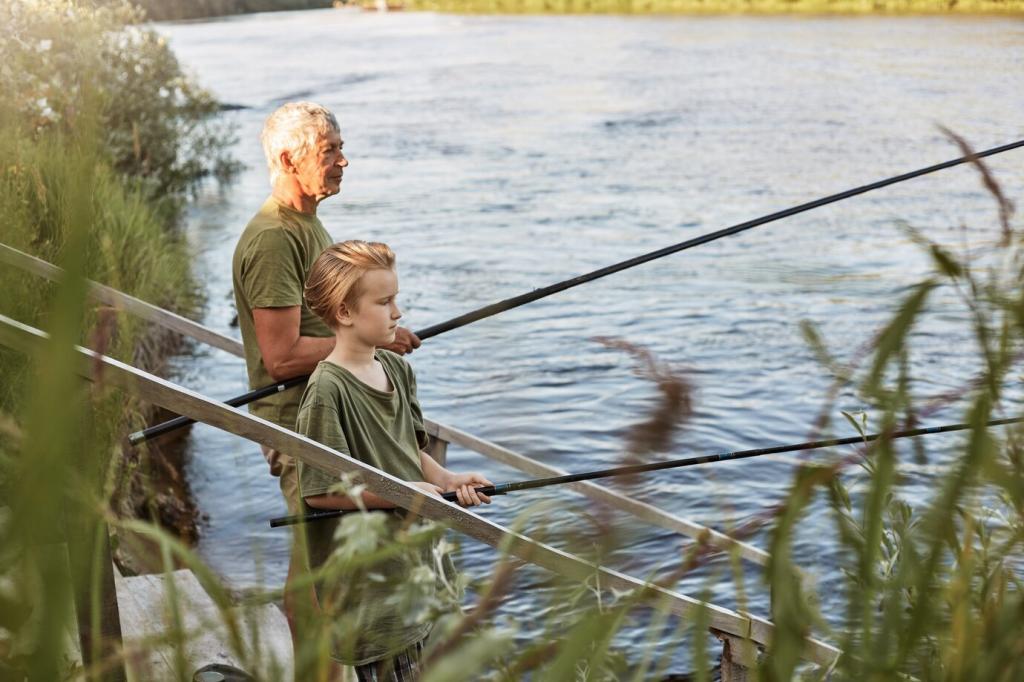

Fly Lines, Leaders, and Tippets
Line Tapers and Coatings
Weight-forward lines help punch wind, while double-taper excels at delicate control and mending. Aggressive front tapers lift streamers; long heads extend dry-fly reach. Cold-water coatings resist stiffness in winter, warm-water versions avoid gummy coils. Choose for your climate as much as your fly style.
Leader Formulas That Turn Over
The 60/20/20 rule is a great start, but don’t fear custom knots. Tapered leaders are convenient; tippet rings save length. On a spooky spring creek, extending to fifteen feet transformed refusals into takes. Share your favorite formula for hopper days or micro-dry magic.
Tippet Materials and Knots
Nylon floats and knots easily; fluorocarbon sinks, hides in clear water, and resists abrasion. Wet knots, cinch slowly, and test every time. Try improved clinch, Davy, or Orvis tippet knot with triple surgeon for joins. What’s your confidence knot when the hatch gets technical?

Breathable Layers That Breathe
Stockingfoot waders with breathable membranes pair perfectly with merino socks and moisture-wicking base layers. Avoid cotton; it hoards moisture and chills. A small repair kit handles pinholes. I kneel on a foam pad to protect knees and fabric when stalking fish along gravel bars.
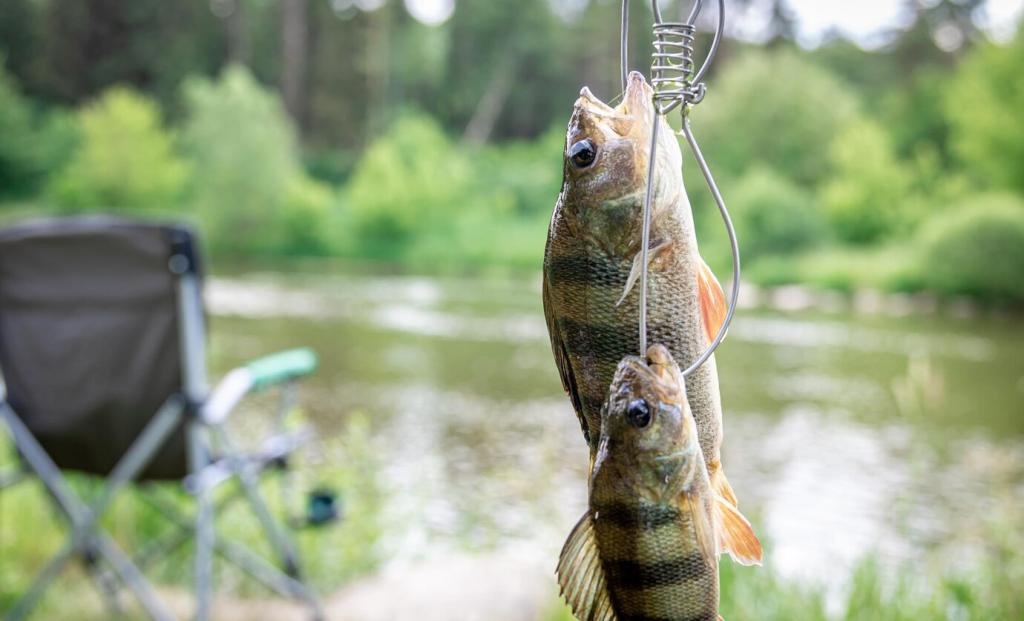
Boot Soles and Traction
Felt grips algae-slick rocks but may be restricted by regulations, while lugged rubber with studs bites diverse substrates. A wading staff is cheap insurance when current surprises. After one dramatic near-split on a slate ledge, I never skip checking traction before stepping deep.

Belts, Gravel Guards, and Fit
Tighten your wading belt; it’s not optional—it slows water entry in a spill. Gravel guards prevent boot rub and leaks. Fit matters for circulation and warmth without constriction. Share your sizing tricks, especially for layering in shoulder seasons or long hike-in missions.
Tools and Accessories That Matter
Rustproof forceps with micro-serrated jaws grip tiny flies. Sharp nippers slice clean, and retractors keep them handy. Add a magnetic net release, split-shot caddy, and floatant holder. What indispensable tool hangs from your zinger, and when did it rescue a tangled, time-pressed moment?
Tools and Accessories That Matter
Silicone slits hold barbless hooks well, foam cradles CDC. Label boxes by hatch or technique, and stash a small morale box of confidence patterns. Once, a spare row of size 18 BWO emergers salvaged an entire evening when the river turned whisper-quiet and selective.
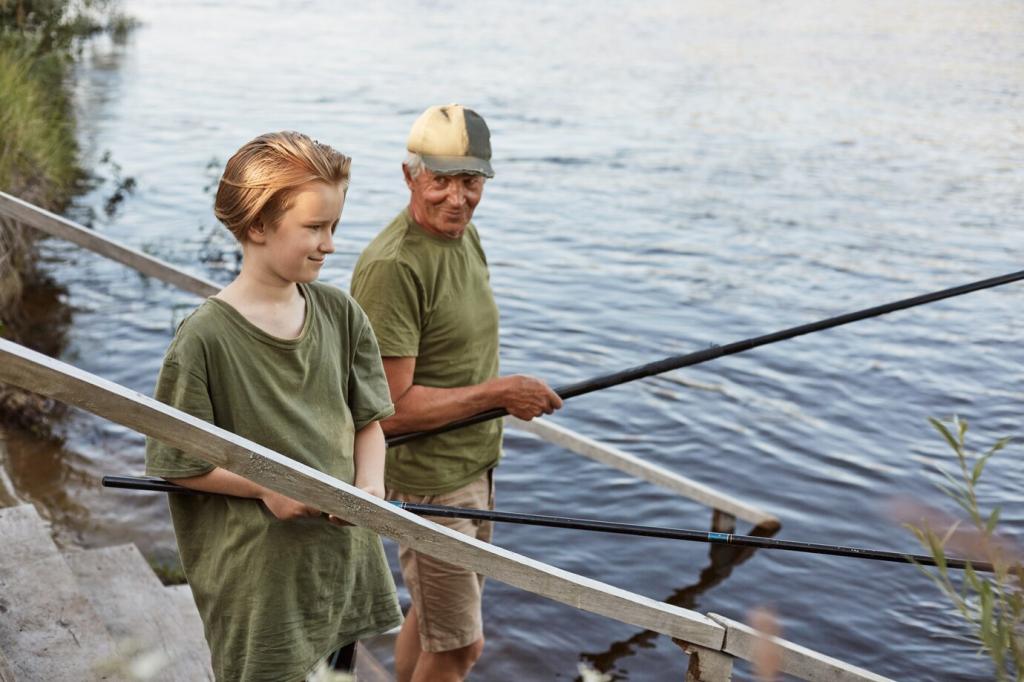

Carry Systems and Minimalism
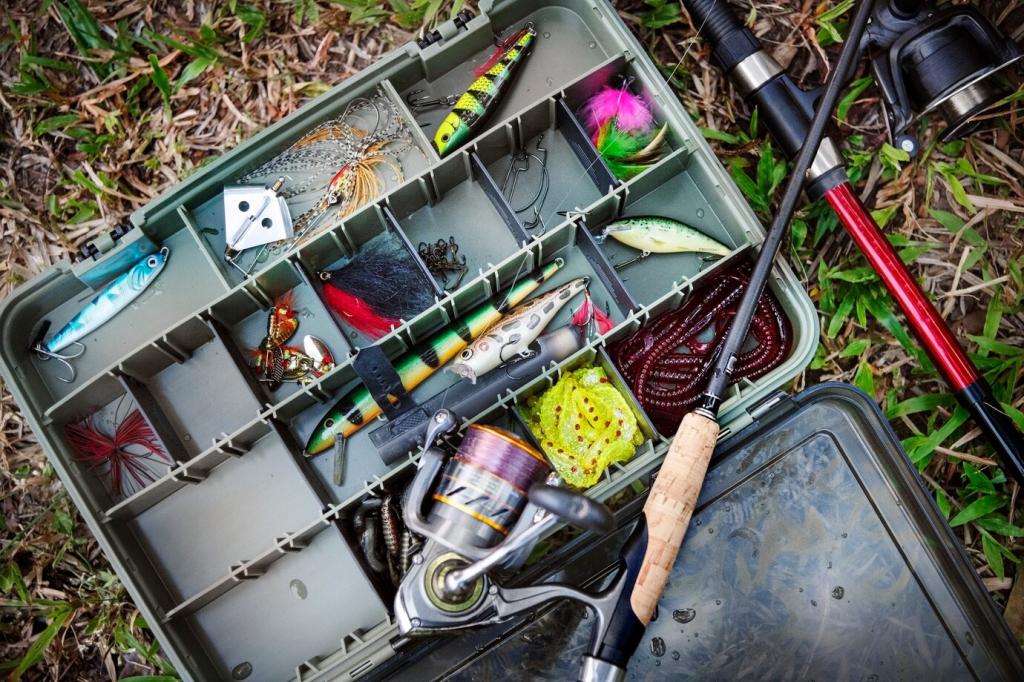
Vests distribute weight widely and organize endlessly; slings swing forward for fast access and keep fronts uncluttered. Consider net docking, hydration, and how straps affect casting mechanics. Load each option at home, then simulate a day. Tell us which system disappears while you fish.
Polarized Lenses and Colors
Amber or copper lenses excel for trout streams, yellow brightens dim evenings, and gray or blue mirrors suit bright salt flats. Good polarization reveals subtle seams and shadows. A microfiber cloth lives in my pocket because one fingerprint can hide the day’s best target.
UPF Clothing and Comfort
Hooded UPF shirts, a sun gaiter, and lightweight gloves keep rays at bay. Pair with a packable rain shell, breathable hat, and quick-dry pants. Hydration prevents sloppy mistakes. What’s your sun routine, and which piece transformed long July drifts from endurance test to pure joy?
Thermometers and Ethics
A stream thermometer guides choices: rest trout when water climbs into stressful ranges. Handle fish with wet hands, use rubber nets, unpin barbs, and keep them wet. Share your personal release ritual, and subscribe to join our community pledge for mindful, fish-first days.
